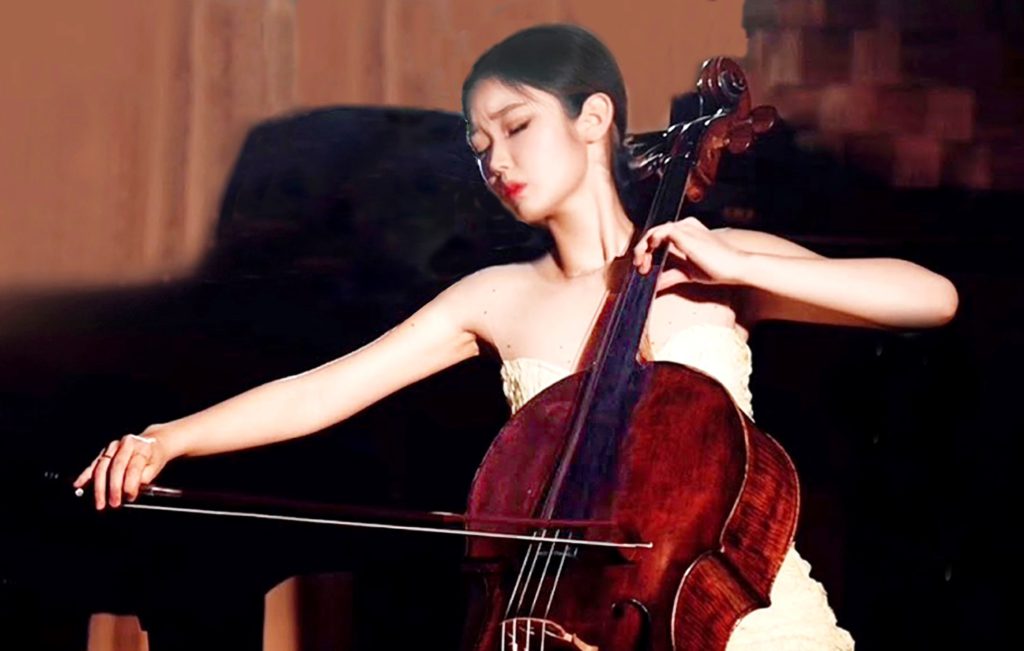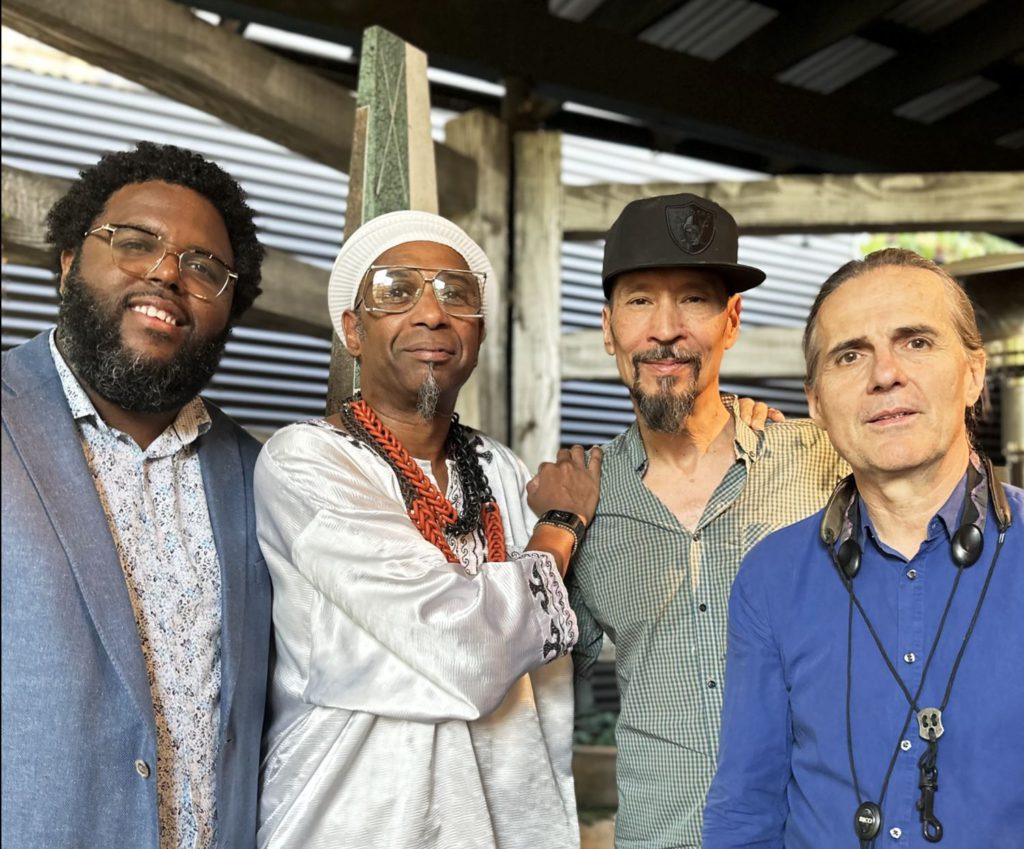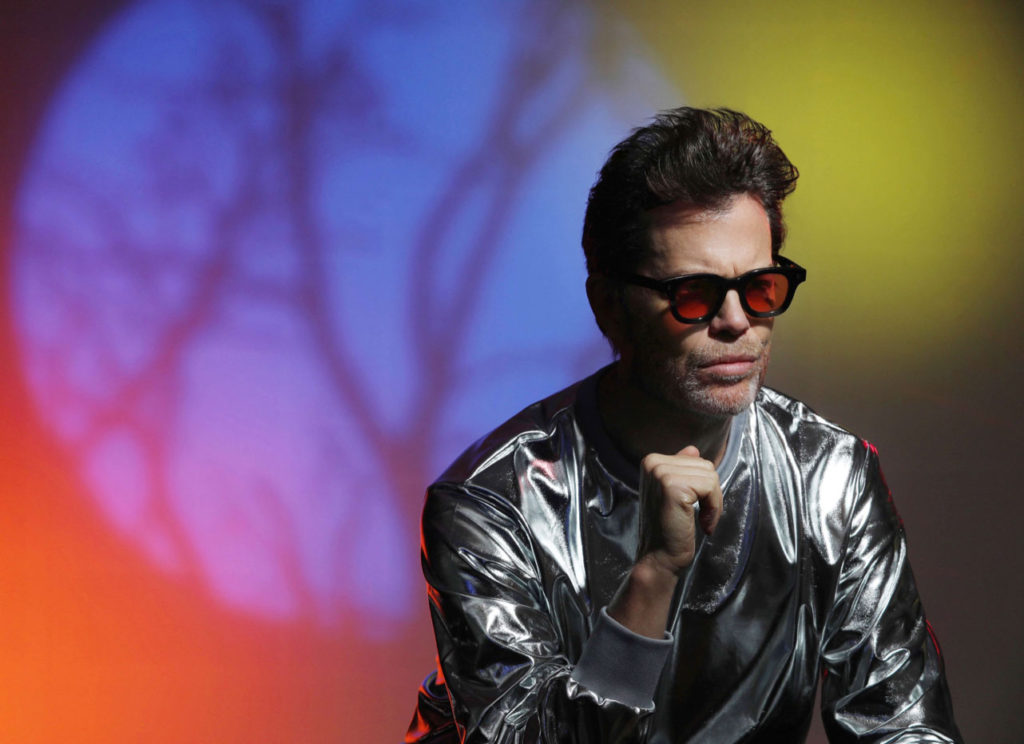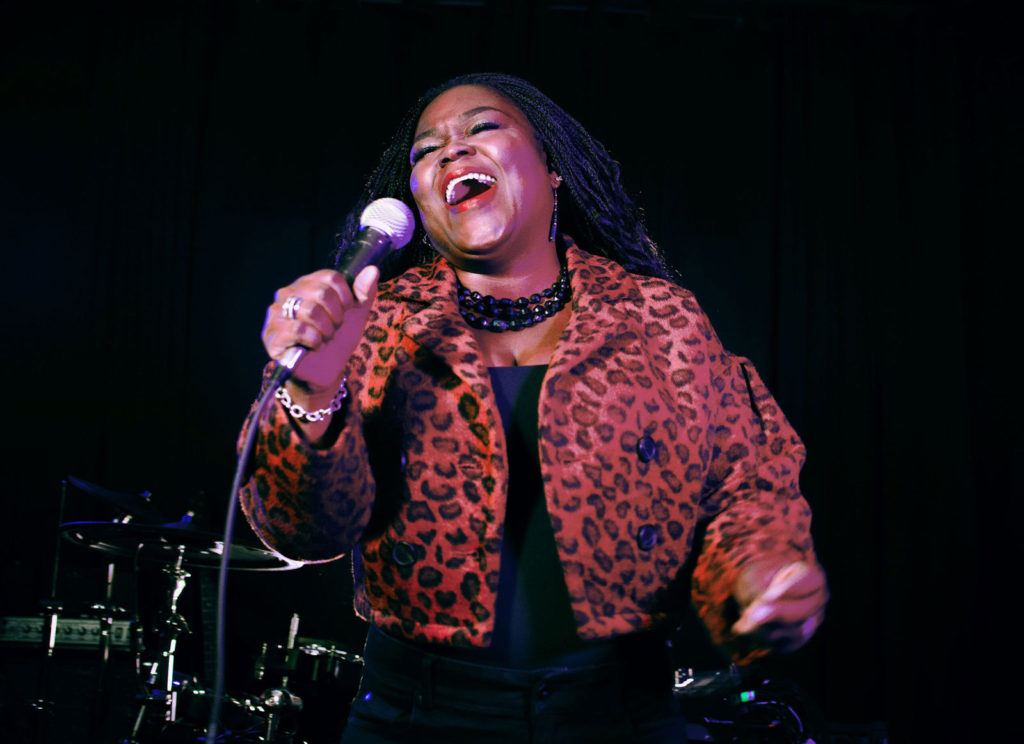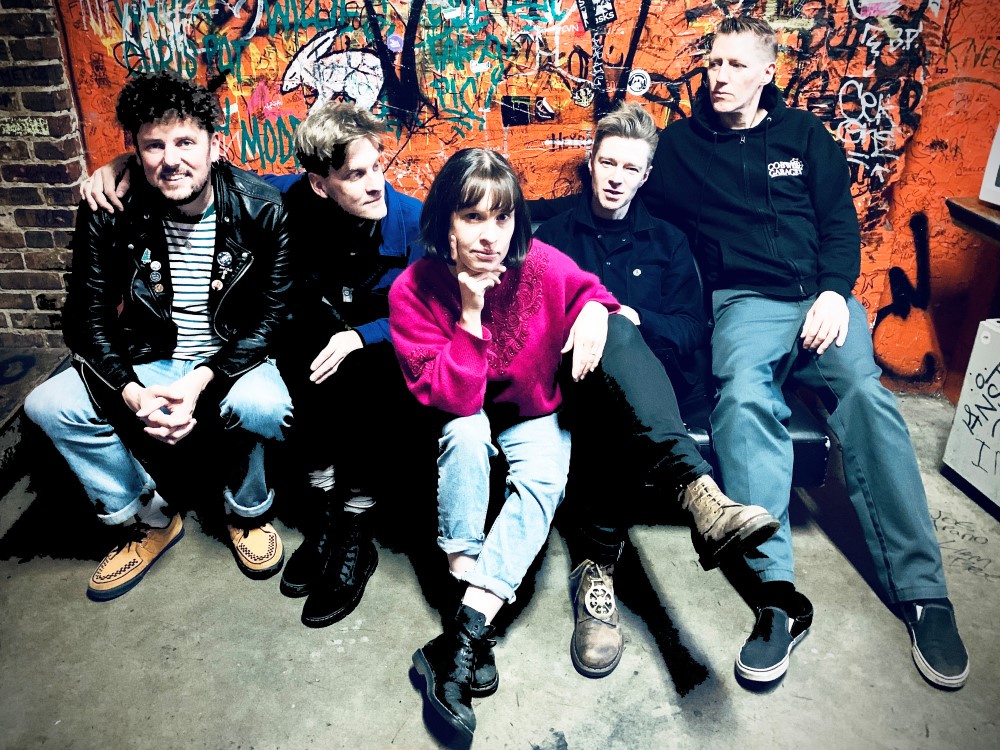
“I don’t feel like we’re working smarter,” laughs Lorna Heptinstall.
“But we’re still working hard,” adds her husband, Dan, with a chuckle as their 4-year-old daughter crawls up in the Zoom interview to see what mum and dad are doing.
Along with parenting, the Heptinstalls are two-thirds of British folk-punk outfit Skinny Lister, who make their Santa Cruz debut March 21 at Moe’s Alley.
They’re describing the “absolutely mental” schedule the band had in 2011 that earned them the title, “Hardest Working Band in the UK” by British music copyright collective, Performing Rights For Music (PRS).
“We were doing three, four, sometimes five festivals in a weekend,” Dan recalls. “So when it came time to register all our performances in the UK with PRS, we came out on top. Above Ed Sheeran!”
An impressive feat for a band that not only plays a traditional style of music outside the eye of mainstream media, but also one that started off only as a bit of fun between friends at their local pub.
However, it’s easy to see why the group is so well loved in the U.K., throughout Europe and across the pond here in the U.S.
Formed in 2009, Skinny Lister was birthed by friends Dan Heptinstall, Lorna (then Thomas and dating Heptinstall), her brother Maxwell Thomas, Dan Gray and Sam “Mule” Brace. The later two of which had played with Dan previously in an indie band called The Alps.
“We used to live in a house in Greenwich and every Tuesday the pub next door had Folk Night,” remembers Dan. “So we would go down and get involved in the pub songs and shanties.”
Eventually the five friends decided they wanted to take the fun and camaraderie on the road and to festivals. Taking the name Skinny Lister–a nickname for an old school friend of Dan’s–they started touring locally around Britain.
Three years later, in 2012, Skinny Lister was invited to play America for the first time, hitting the South By Southwest festival in Austin, Texas along with the Vans Warped Tour. One year later they were back in the states rocking sets at Coachella and on tour opening for Irish punk outfit, Flogging Molly. It proved to be a match made in heaven’s own pub. .
“When we started there was something in the air about pub music,” Dan says. “Mumford & Sons and all that was happening. It felt reasonable that we could get further ahead with it than even a few years before.”
And get further they did.
Last year Skinny Lister released their sixth studio album, Shanty Punk. It’s 11 tracks range from beautiful–like the lamentful yet inspiring “Broken, Bruised & Battered”–to the blistering like “Unto The Breach.”
In true pub tradition, Skinny Lister’s magic comes in the form of songs about drinking, fighting, friendship, traveling and tall tales. Some are fiction, while others are ripped straight from their lives.
“We’re storytellers,” Dan admits. “The essence of Skinny Lister is our stories, some more story than others.”
For instance, “Pittsburgh Punch Up” off Shanty Punk is about their bus driver on an early U.S. tour who started a drunken brawl at one of their gigs. Then there’s older tracks like “Hamburg Drunk,” about the band getting into a bit of shenanigans after a night of drinking in Hamburg, Germany. Or “Trouble on Oxford Street,” about a fight Dan got into–where else–on Oxford Street.
Those paying attention might also notice that, along with storytelling, Skinny Lister is also all about family. Of course there’s Dan and Lorna’s nuptials and the sibling bond between Lorna and Maxwell but it goes even further up the family tree.
And when it comes to Skinny Lister fandom, their father has become a story in his own right. He wrote and performed Shanty Punk’s second to last track, “William Harker.”
“He’s otherwise known as ‘Party George,’” Dan laughs. “And he’s become a bit of a legend at our shows. We took him out across Europe on the tour we just did and he performed every night with us. He really does get the party started!”
INFO: 8pm, Moe’s Alley, 1535 Commercial Way, Santa Cruz. $25adv/$30door. 479-1854
PULL QUOTE:: THEThree years later, in 2012, Skinny Lister was invited to play America for the first time, hitting the South By Southwest festival in Austin, Texas along with the Vans Warped Tour. One year later they were back in the states rocking sets at Coachella and on tour opening for Irish punk outfit, Flogging Molly. It proved to be a match made in heaven’s own pub.
